The Vital Link Between Durability and Sustainability: Unveiling Multiple Perspectives and Approaches
In our fast-paced world, the lifespan of products seems to be shrinking. We often find ourselves surrounded by disposable items that are quickly replaced, leading to a staggering amount of waste. However, a growing movement is advocating for a shift towards durability in product design and manufacturing. We would like to delve into the multifaceted importance of creating durable products, exploring various perspectives and approaches that highlight the positive impact on both sustainability and the global market.
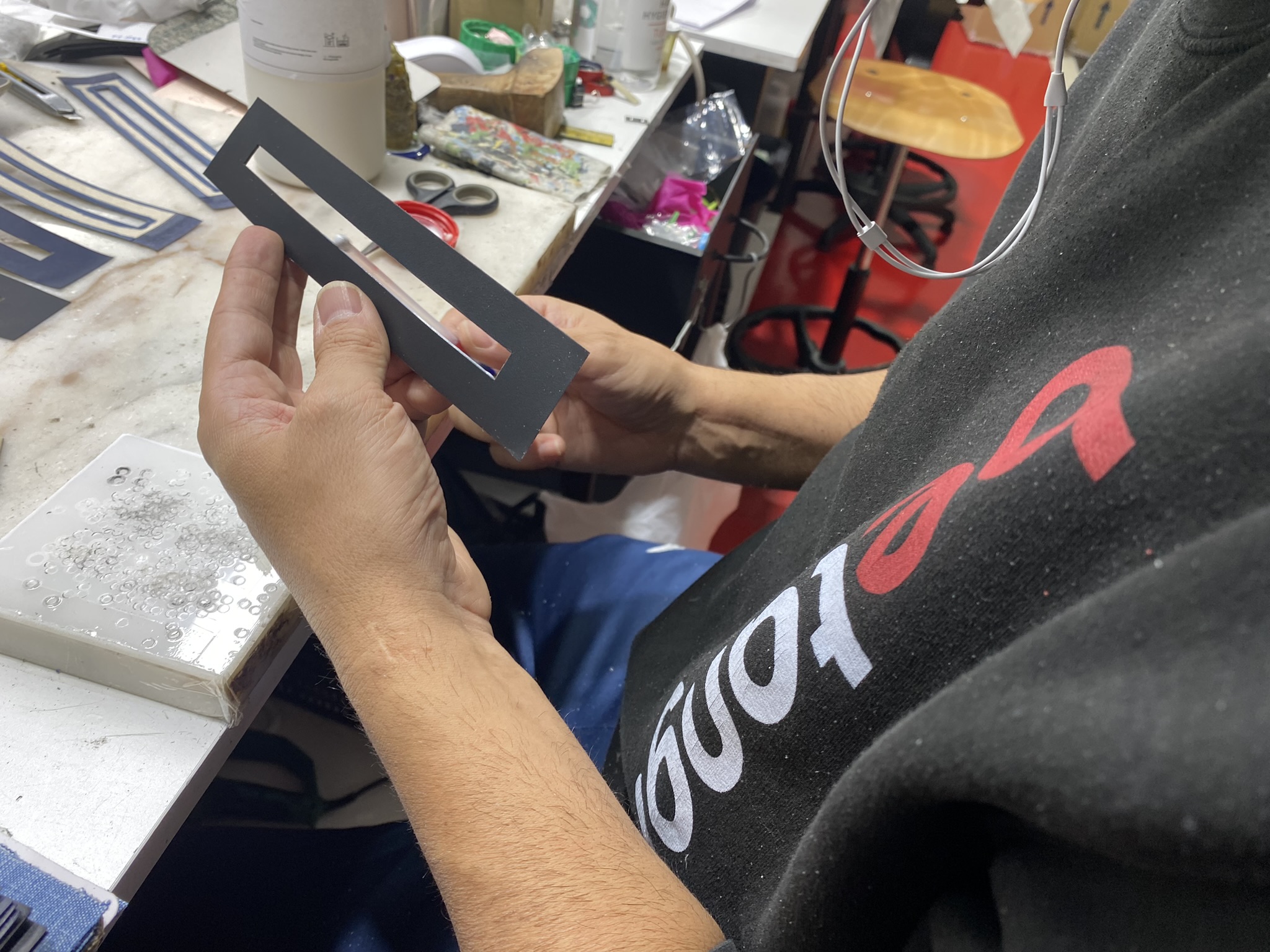
- Environmental Impact: When products are designed to be durable, they inherently contribute to environmental sustainability. By extending the lifespan of a product, we reduce the need for constant production and resource extraction, ultimately curbing energy consumption and greenhouse gas emissions. Furthermore, the longer a product remains in use, the fewer resources are required for its maintenance and eventual disposal. This approach fosters a circular economy, minimizing waste and preserving natural resources for future generations.
- Economic Benefits: Durability presents significant economic advantages for both consumers and manufacturers. From a consumer standpoint, investing in durable products often leads to long-term cost savings. While initial purchase prices may be higher, the reduced need for replacements translates into fewer expenses over time. Manufacturers, on the other hand, benefit from enhanced brand reputation and customer loyalty, as durability fosters trust and customer satisfaction. Additionally, a shift towards durable products can drive innovation, leading to new business opportunities and increased market competitiveness.
- Social Implications: The importance of durability extends beyond its environmental and economic aspects; it also carries profound social implications. Durable products tend to offer higher quality, improved performance, and increased safety. This not only enhances user experiences but also promotes user well-being. Moreover, durable products can be designed with accessibility and inclusivity in mind, ensuring that a wider range of individuals can benefit from their long-lasting functionality. By considering the social dimension, durability contributes to building more equitable and sustainable societies.
- Design and Manufacturing Strategies: Achieving durability requires a thoughtful approach to product design and manufacturing. We believe that we should be considering some key strategies such as Thoughtful Material Selection, Modular Design, Maintenance and Repairability and Lifecycle Assessment.
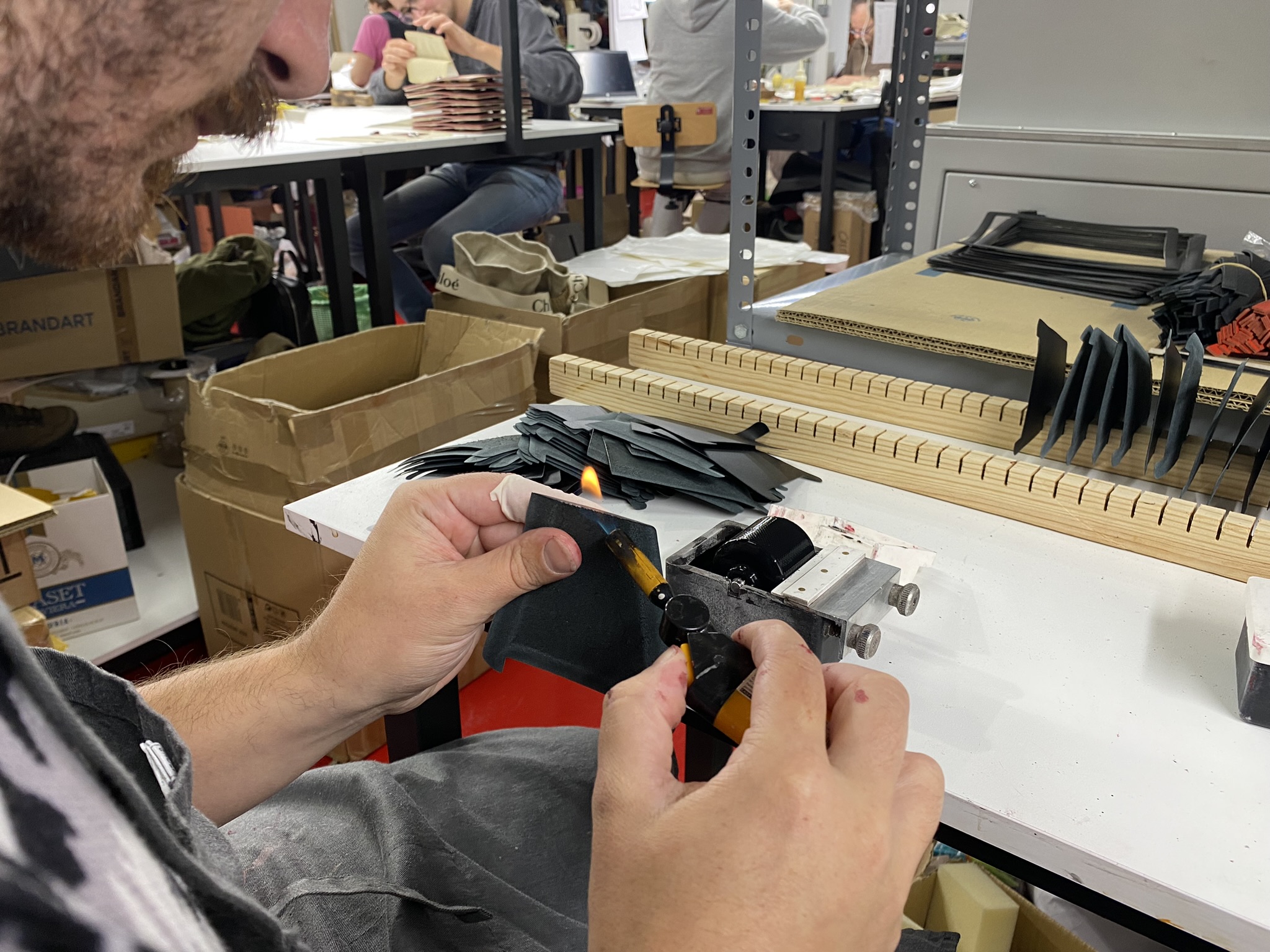
All in all, The significance of producing durable products extends to various industries, including Leather Goods Manufacturing and the Fashion Sectors. Incorporating durability into the production of leather goods becomes even more crucial. By prioritizing durable materials, embracing thoughtful design and manufacturing strategies, and encouraging repairability and maintenance, the leather goods and fashion industries can play a pivotal role in driving sustainable practices.

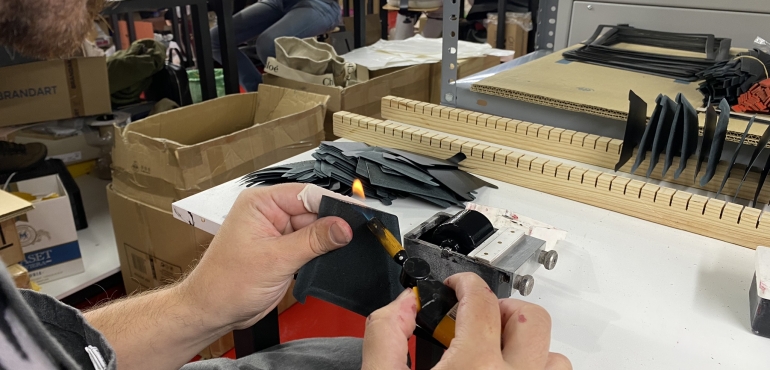
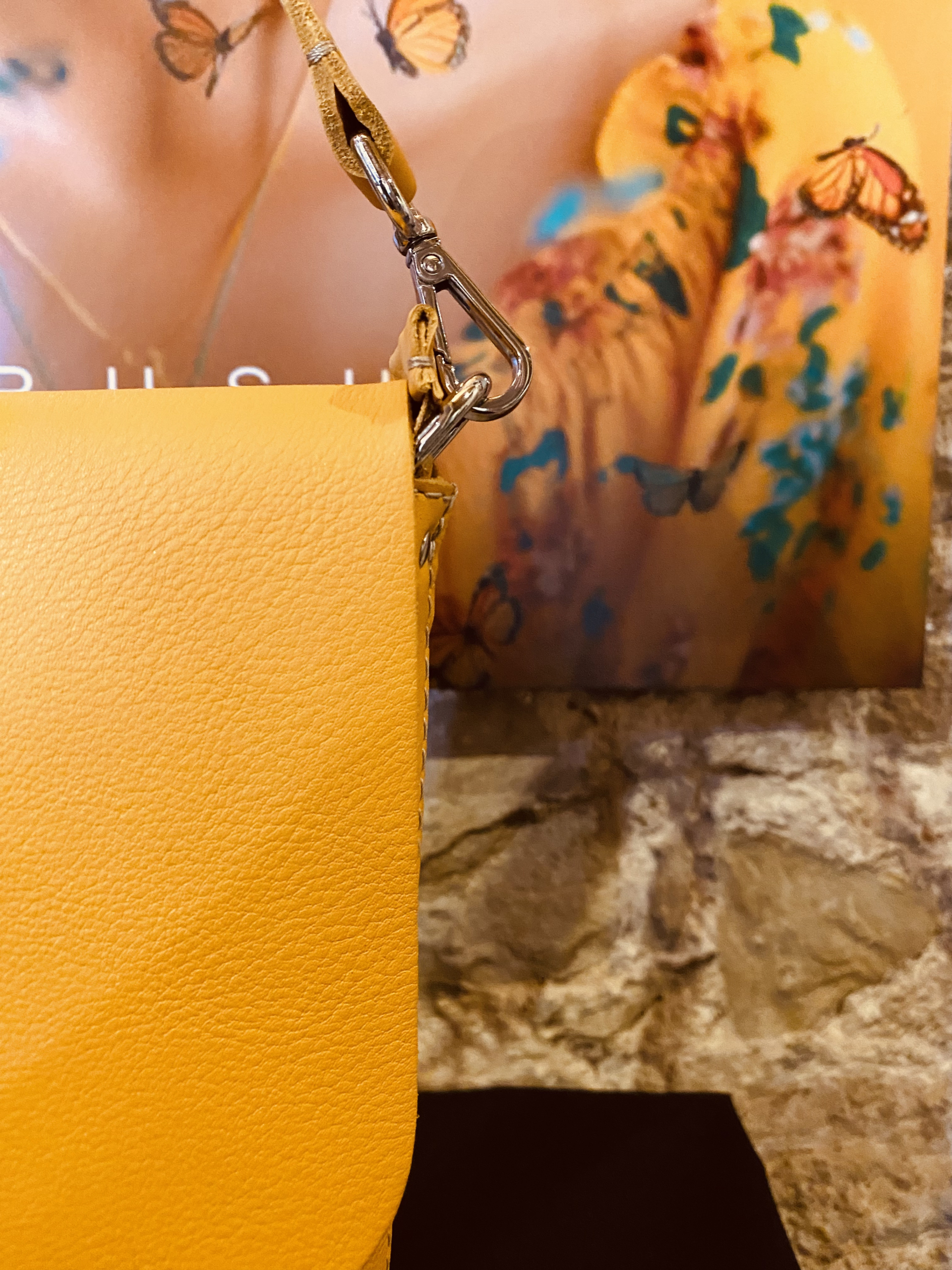



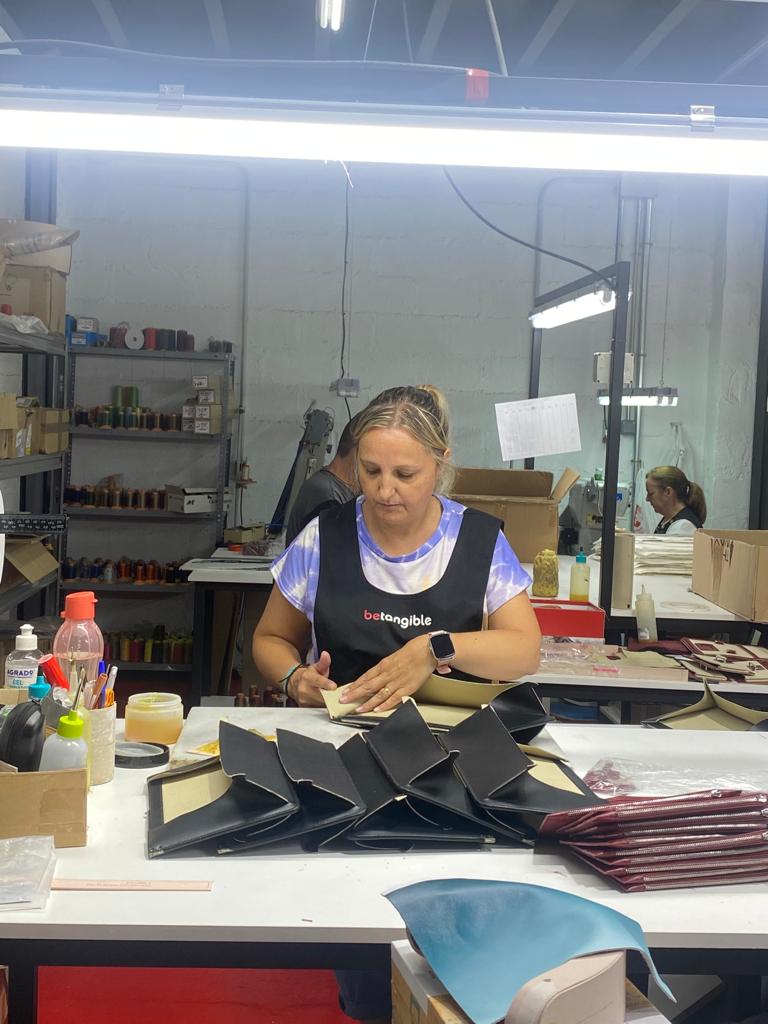

There are no comments